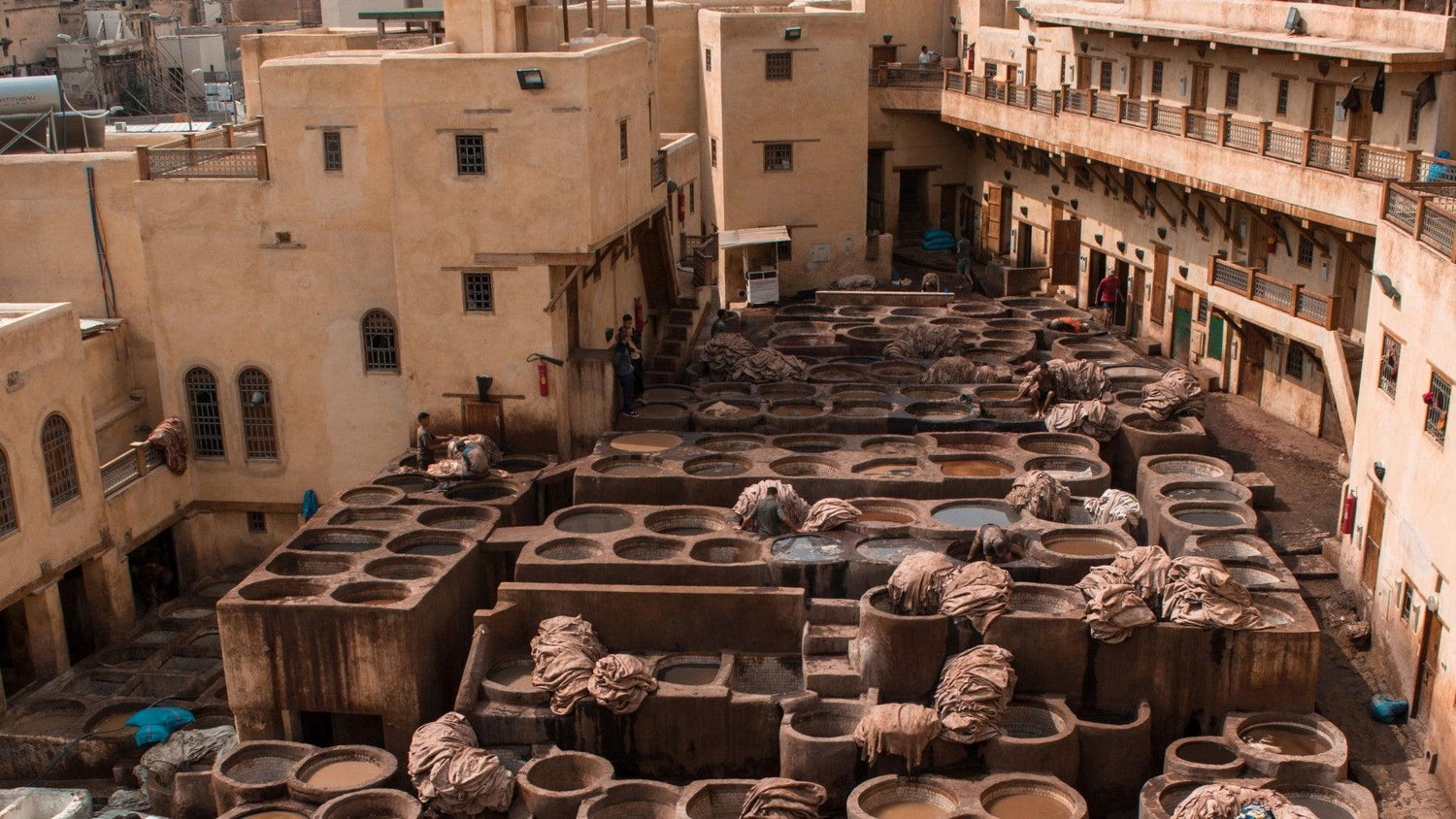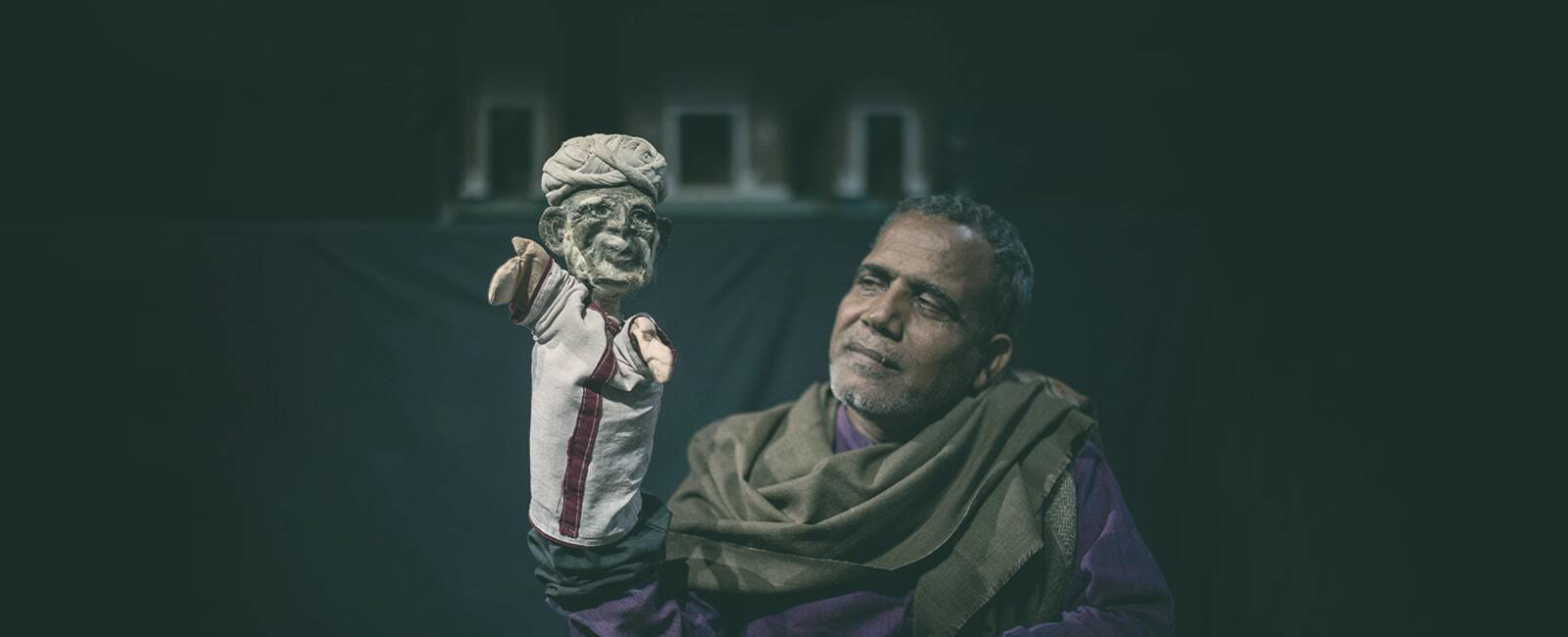Are you a fan of the Indigo printed cushions? Or are you the printed boho saree kind? Do you have a thing for rugs with fine yarns in red or perhaps, an altogether color-to-design-customized piece?
If any of this got you thinking, then there’s a chance, at some point of time, you must have thought about, where do these colors come from! No, we don’t empty buckets from the rainbows, but actually, there’s quite a lot more to it.
Welcome to the world of Dyeing! When a fabric or a yarn meets a splash of color brought to a boil, you may call yourself a witness to the fine art of Dyeing!
Well, the speculation is that the technique of dyeing fabrics and yarns is as old as about 4000 years ago or 10,000 BCE, which is the New Stone Age. However, it is just as relevant today in our day to day life, particularly, in the glamourous fashion world.
In the ancient eras, people relied solely on the plant, vegetable, or insect-based dyes with limited colors like red, Indigo, and yellow, among a few others. It was only after the 1850s, that the imagination and ambition of the man took over and synthetic dyes came into being. This opened palettes to varied experimental colors and in fact, techniques of dyeing. From where only fabrics were pigmented, by the time the world reached the mid-1970s, garment dyeing became popular as opposed to just fabric dyeing, In the former one, only the stitched garment started to get pigmented instead of first dyeing the fabric and then creating a garment.
This coloring also became complex as different fabrics started to be used. The composition of dye with water and the time to soak the fabric was influenced by the quality and texture of the fabric, as some were more likely to retain the color than the others. If any of you thought that it’s all about dipping the cloth in just color, well, it's actually a science and an art in itself.
Where fashion changes faster than the traffic lights and our moods go for a 360-degree spin before the sun gets set on its course; dyeing in its own unique way evolved and took its place in our lives, whether for clothing or home decors, adding texture and color simply everywhere.
But that’s not all! Hold your breath if you want to dive deeper to understand further how various techniques of dyeing work! Safe to say, if evolution took so many years, there ought to be a variety made during the course of time, right?
Read on to find more about the types of dyes and their methods of dyeing!
1. Mordant Dye
The term Mordant comes from the Latin word mordere i.e. "to bite". Simply put, it means to bite onto the fabric or hold on to the fabric. While this isn’t the dye itself, it is actually a substance that uses chemical compositions which when mixed with the color, ensure that they stay on the fabric. While small-batch dyers still use Mordants, they are vastly replaced now by direct dyes which do not require such complex chemical substances.
2. Vat
Vat dyes are called so because the dyeing takes place in a bucket or a vat! The insoluble dye is actually made soluble in a vat or a bucket and when oxidised, it reacts as a coloring agent! These are particularly used for fibers like cotton. If you have seen Indigo dying or similar cotton dying, this would be it.
3. Pigment
Well, this is quite an electrifying experience! We say so because it works quite like a magnet. The pigment, which is insoluble in nature is introduced to ions with negative and positive charges and the result is the pigment dying. It’s more of a series of processes than simply calling it a dip-in kind of dyeing technique. But sounds just as interesting to understand, doesn’t it?
4. Acid
Highly soluble and vastly used for wool, silk, or nylon fabrics, these dyes also have rich aromatic molecules in them! As compared to the other processes as above, these ones are pretty less complex and have a faster color acceptance. However, fabrics like cotton do not take acids well and cannot be used with acid dyeing. Goes unsaid, that these fall under the category of synthetic dyes.
5. Natural
As the name suggests, these natural dyes go a long way back into history. They used to be and are derived from plant sources, fungi, minerals or vertebrates; most common ones being the plant sources. With the advent of synthetic dyes in the mid 19th century, these started to decline. Among the notable natural dyes can be said to be Indigo, teak, Madder roots along with several others. Want to see how natural dyes look like on fabric? Treat your eyes with our natural dye collection.
6. Synthetic
Synthetic dyes are manufactured from organic molecules. The lack of color variety in the organic dyes was met by the experimental creations in colors that could be created with the synthetic ones.
While the above listed are some of the commonly followed methods of dyeing and dyes, it is likely you have heard about one of the most popular ones - Tie and Dye! In this method, the fabric is gathered together in small proportions then tied in sections. Thus, when penetrated in the color, the fabric apart from the tied section absorbs the color and the tied sections when untied, reveal beautiful patterns.
There are different prints indigenous to regions that give varied patterns and styles of tie and dye! While Shibori, an ancient Japanese style, uses several folds and tying the cloth with threads and objects, Bandhani prints, famous from Gujarat, India, involve tying the cloth tightly and finely in circular or line patterns, thus revealing minute spotted patterns. Another one from Rajasthan, India - Lehriya, brings out colored lines instead of spots and circles! Thus the name Leheriya, meaning Leher or waves.
Well, that’s all for the techniques and we hope this must have stirred your interest in how the fabrics get their colors! And likely, next time you spot a dyed cloth, you might even know which technique it is!
(Heads up, if you're interested in trying these out, there are DIY (Do It Yourself) kits in the market which you can use to create your own dyed fabrics! Our dyeable fabric collection will give you a lot of material options, like Cotton, Sustainable fabrics, Chanderi, Embroidered & more.
So go ahead and splash some color & share your experience with us.




